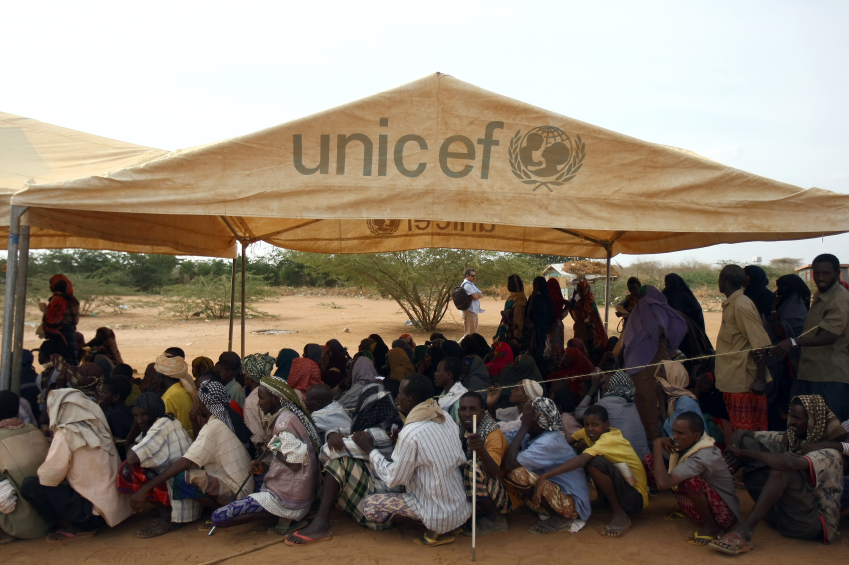The Financial Times has done a great deal to add to my knowledge of the world since I started subscribing to it a decade ago. But one of the things I have to accept about the “pink paper,” right up there with its obsessive reporting on Swiss watches, European fashion shows, and London pantomimes, is that it is a newspaper of the center-left. Of all its regular columnists, the newspaper employs only two who are on the right: semi-retired free-marketeer Sir Samuel Brittan, and Weekly Standard senior editor Christopher Caldwell. (Martin Wolf, the paper’s chief economics analyst, used to be a free-market person, but switched sides after the 2008 financial crisis.)
Caldwell has a very wide range, and I wonder how he manages such a finely honed knowledge of French and German politics and culture given all his other commitments. Maybe he’s one of these guys who always finds two extra hours in his day. But his weekly column is always worth reading, and his column that appeared on October 25—its title is “Halloween Is a Holiday, Not a Political Opportunity.”
Caldwell’s column is against the idea that children shouldn’t be collecting money for Unicef on Halloween. Those little orange boxes have raised $170 million for the UN Children’s Fund over the years, but Caldwell thinks this is a terrible idea.
Here are his two best paragraphs:
“In practice,” Caldwell writes, collecting money for Unicef “means kids being used as human shields for their parents’ charitable and political enthusiasms. Children seldom trick-or-treat past sixth grade, when they are 11 years old. Such children are below the age of political responsibility. They should not be pressing neighbours to fight world hunger any more than they should be carrying placards at anti-war rallies. This is not giving children a ‘voice’; it is using them as props.”
He adds that shoving Unicef boxes in adults’ faces “is a terrible lesson in manners. One should not browbeat people while accepting their hospitality, especially not in the name of a political institution.”
When we give to charities, we are implementing a contract -- namely that the charity does with the money what it says it will do. Children below age 18 can’t sign contracts on their own, and they shouldn’t be contractually collecting for third parties, including charities.
Finally, Caldwell notes that there are other parties to the contract beyond a child and Unicef. Teachers can encourage students to collect not purely out of altruism, but because they can get big prizes, including trips to Tanzania. I can’t imagine anyone putting a quarter in a Unicef box if a child explained he was collecting purely so his teacher could enjoy a very nice freebie.
Are there ways children can be charitable? Sure, there are. One good rule of thumb might be to limit causes to ones children can see how their money or time is used. Volunteering to collect goods for a local homeless shelter seems to me to be a good thing, as long as they are performing activities the shelter actually needs. Cleaning up a nearby creek or park would also be a good way to teach children the importance of voluntarism.
Christopher Caldwell’s fine column reminds us there are many ways to give—and that sticking money in a Unicef box at Halloween might be an action whose costs to civil society far outweigh the benefits.






